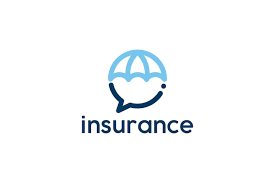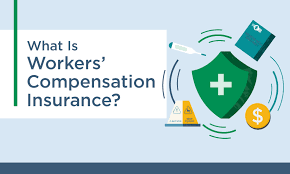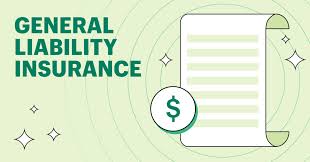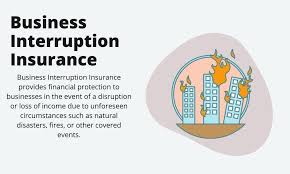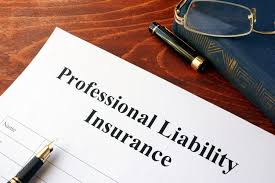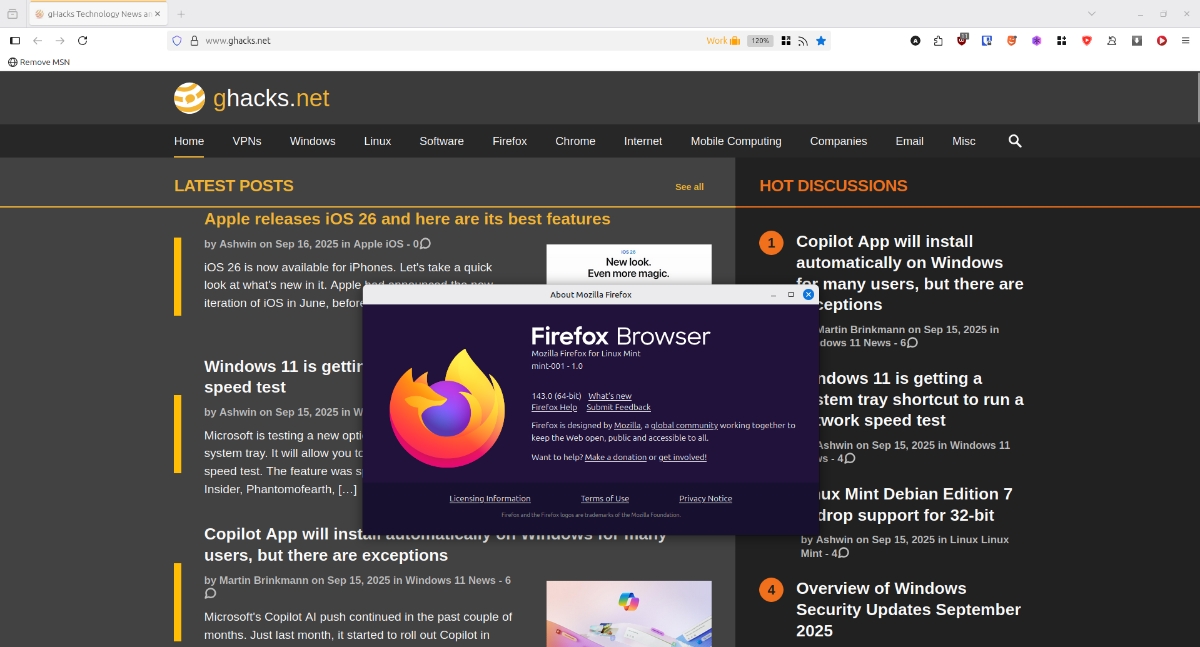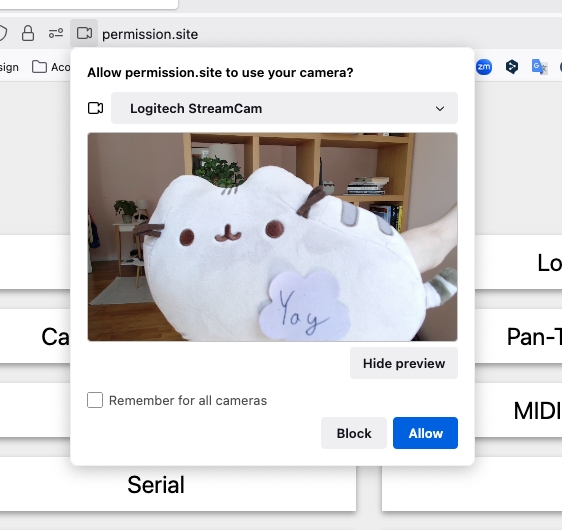Introduction
Workers’ Compensation Insurance is a mandatory form of insurance in most jurisdictions designed to provide financial protection and medical benefits to employees who suffer work-related injuries or illnesses. It also shields employers from potentially costly legal claims arising from workplace accidents.
Purpose and Importance
The primary goal of Workers’ Compensation Insurance is to ensure that injured workers receive prompt medical treatment and wage replacement while limiting employer liability for workplace injuries. This insurance fosters a safer work environment by encouraging employers to comply with safety standards.
What Does Workers’ Compensation Cover?
- Medical Expenses
Covers costs related to treating work-related injuries or illnesses, including hospital stays, surgeries, medication, rehabilitation, and doctor visits. - Temporary Disability Benefits
Provides wage replacement when an employee is temporarily unable to work due to injury or illness. - Permanent Disability Benefits
Compensation for employees who suffer long-term or permanent impairments affecting their ability to work. - Vocational Rehabilitation
Assistance with job retraining or skill development if the injured worker cannot return to their previous position. - Death Benefits
Compensation to the dependents or beneficiaries of employees who die due to workplace accidents or occupational diseases. - Legal Costs
Covers legal defense costs if the employer faces claims related to workplace injuries.
Who Needs Workers’ Compensation Insurance?
In almost all states and countries, employers are required by law to carry Workers’ Compensation Insurance if they have employees. This includes:
- Small, medium, and large businesses
- Contractors and subcontractors
- Government agencies and nonprofits (in many cases)
Requirements and coverage limits vary by jurisdiction.
Key Features of Workers’ Compensation Insurance
- No-Fault Coverage
Benefits are provided regardless of who was at fault for the injury, expediting employee support and reducing litigation. - Exclusive Remedy
Generally, injured workers cannot sue their employer for additional damages if they receive Workers’ Compensation benefits. - Premiums Based on Risk
Insurance premiums are determined by industry type, payroll size, and claims history. - Return-to-Work Programs
Many insurers encourage programs that help injured employees return to work as soon as medically possible.
Benefits to Employers
- Protects businesses from expensive lawsuits related to workplace injuries.
- Promotes safer workplace environments to reduce injury rates and associated costs.
- Helps maintain employee morale and trust.
- Ensures compliance with legal requirements, avoiding penalties and fines.
Common Challenges
- Underreporting of injuries by employees.
- Misclassification of employees to reduce premium costs.
- Managing claims efficiently to control costs and minimize downtime.
Conclusion
Workers’ Compensation Insurance is a vital component of employee welfare and business risk management. It protects workers in case of injury and offers employers legal and financial safeguards. By ensuring timely medical care and financial support, it fosters a safer, more productive workplace.
Employers should prioritize this coverage to comply with laws, support their workforce, and sustain business continuity.
